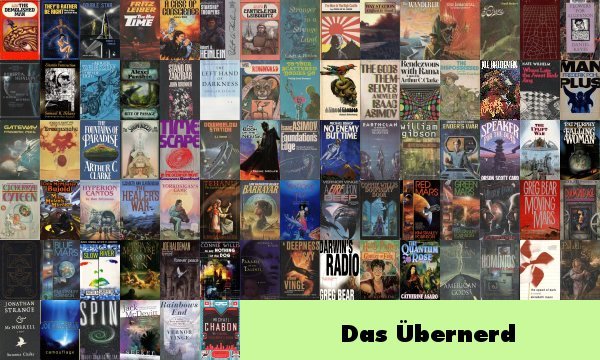The Big Book of Conspiracies
Written and Edited by Doug Moench; Art by a cast of dozens
1996 Eisner Winner for Best Anthology
I have to start this review with what I expected from The Big Book of Conspiracies. After The Big Book of Urban Legends I was anticipating an anthology of one or two page stories humorously illustrating some conspiracy theory. I doubted that there would be any emphasis on facts though a few genuine conspiracies would be included. Basically I was anticipating a romp through the oddballs.
And there is some of that in the pages of The Big Book of Conspiracies. The problem is that more often the book comes across as an illustrated paranoid rant. It's like picking out the worst posts on the worst web forum and just adding some pictures to them. The majority of this book is dry and surprisingly dull for a book filled with stories about how the CIA is secretly poisoning us all. There is little in the way of storytelling; just reciting "facts" (and occasionally real facts). It gives the majority of the book the feeling of a paranoid tenth grader's class report.
As with The Big Book of Urban Legends a huge team of creators conspired to make this book but unlike the earlier one they lacked a tight structure. Most of the conspiracy theories are given seven or eight pages which is generally too much room. They're padded out with single panels that illustrate some detail being related which isn't very interesting.
Oddly enough the small, "real" conspiracies generally are better done than the wild speculative ones. It's due to how those tend to have a narrative behind them; a complete story that can be told in a few pages and followed up with speculation. Telling how William Randolf Hearst had a party on his yacht where a film producer died under very mysterious circumstances is interesting. Relaying a hundred and fifty different (and often contradictory) weird things about the Kennedy assassination is boring. A story of corporate maleficence has a hook for a reader; page after page of random spouting from a person who claimed to work on taking apart flying saucers in area 51 does not.
The lone exception for me to the non-stories being dull was several pages of cartoons depicting the many real ways that the CIA considered assassinating Fidel Castro. It was lively, goofy, and charming in a way that a beautifully but darkly illustrated ten page story of swirling theories around a shooting.
I don't think that the creators involved with The Big Book of Conspiracies actually believe the conspiracy theories they illustrated (at least I think most of them don't) but the book rarely becomes playful with the conspiracies. It's a problem of tone; more often then not they're treated with a kind of dead pan seriousness which is just dull.
I suspect that I would have enjoyed The Big Book of Conspiracies more if I had read it when it came out in 1996. At this point though thanks to the Internet I've been exposed to more conspiracy theorists than I could possible hope to remember. I've already gotten the rambling rants that the book offers me so many times that I have little tolerance for them any more. So perhaps if you enjoy reading conspiracy theories still then you'll enjoy it more than I did, but I suspect that most people find it just as dry and boring as I did.
Wednesday, June 9, 2010
Monday, June 7, 2010
Brian Bolland's Eisner Winning Covers in 2001
Hey Bolland and Ross, let someone else have a turn!
The tug of war between those two men came down on Bolland's side in 2001 when he took another Eisner for best cover artist. That year he started doing covers for The Flash and Gotham Knights along with the covers he continued doing for Invisibles and I'm surprised at the range he used. His Flash covers are evocative of the silver age; they could almost have been used in 1960. The Gotham Knights covers tend toward the eerie and noirish as appropriate for a Batman comic. As for The Invisibles... they're about as weird as Grant Morrison so they fit right in.





The tug of war between those two men came down on Bolland's side in 2001 when he took another Eisner for best cover artist. That year he started doing covers for The Flash and Gotham Knights along with the covers he continued doing for Invisibles and I'm surprised at the range he used. His Flash covers are evocative of the silver age; they could almost have been used in 1960. The Gotham Knights covers tend toward the eerie and noirish as appropriate for a Batman comic. As for The Invisibles... they're about as weird as Grant Morrison so they fit right in.





Subscribe to:
Posts (Atom)
